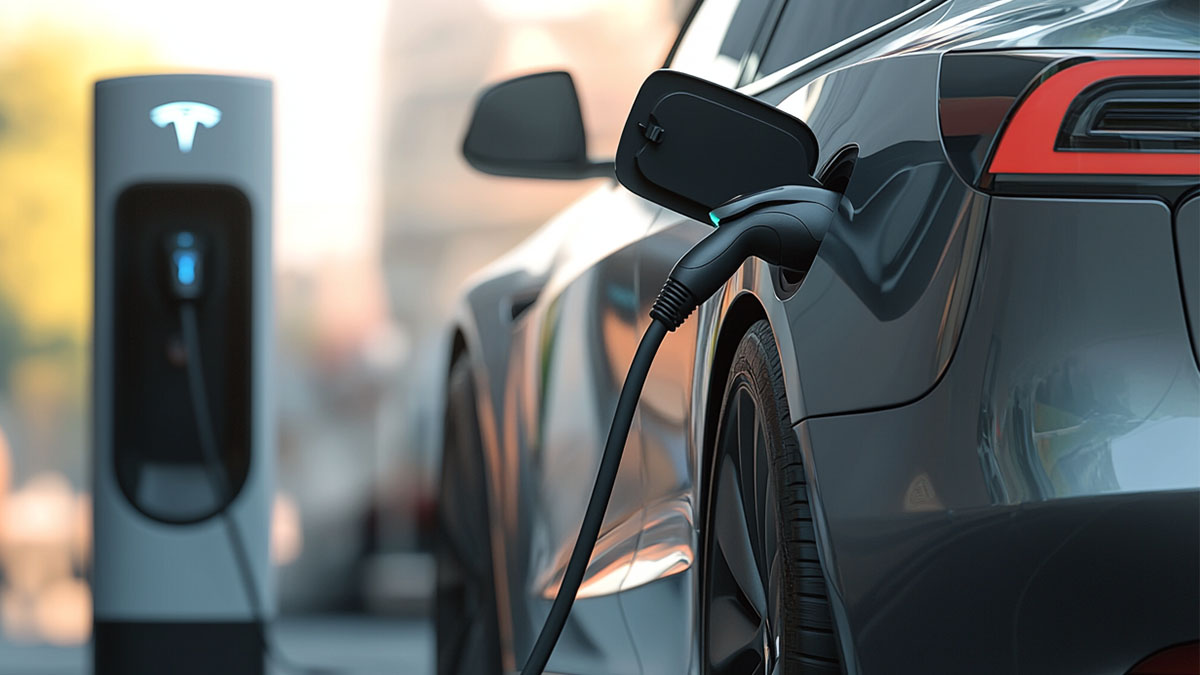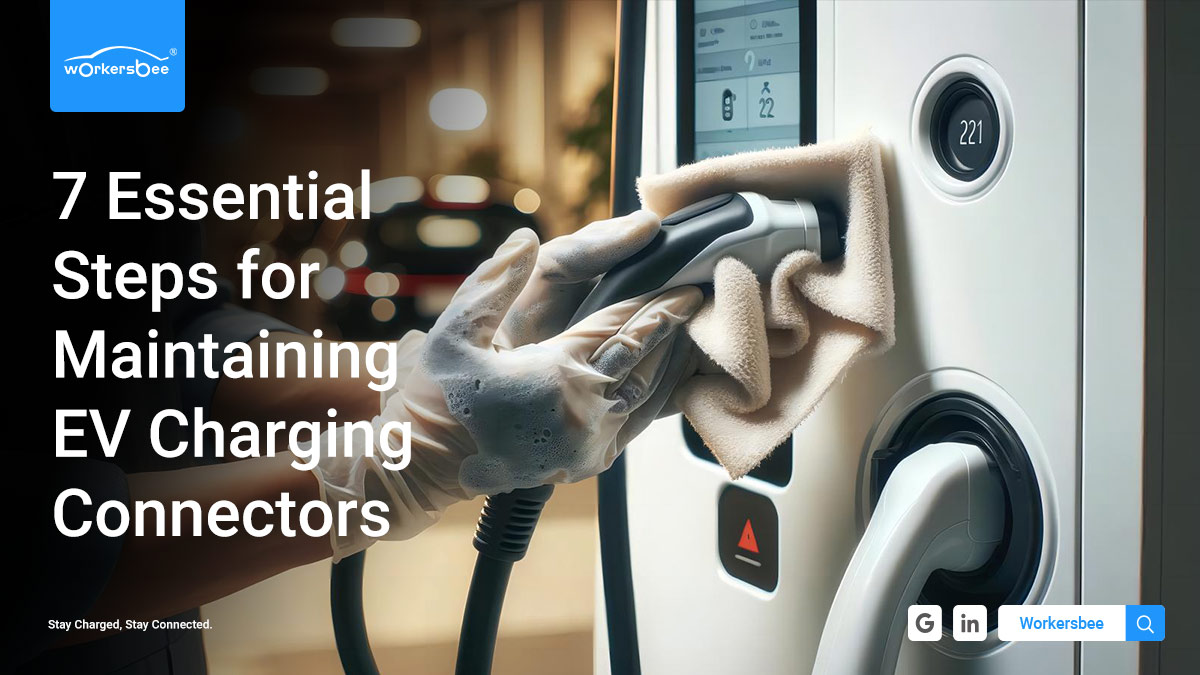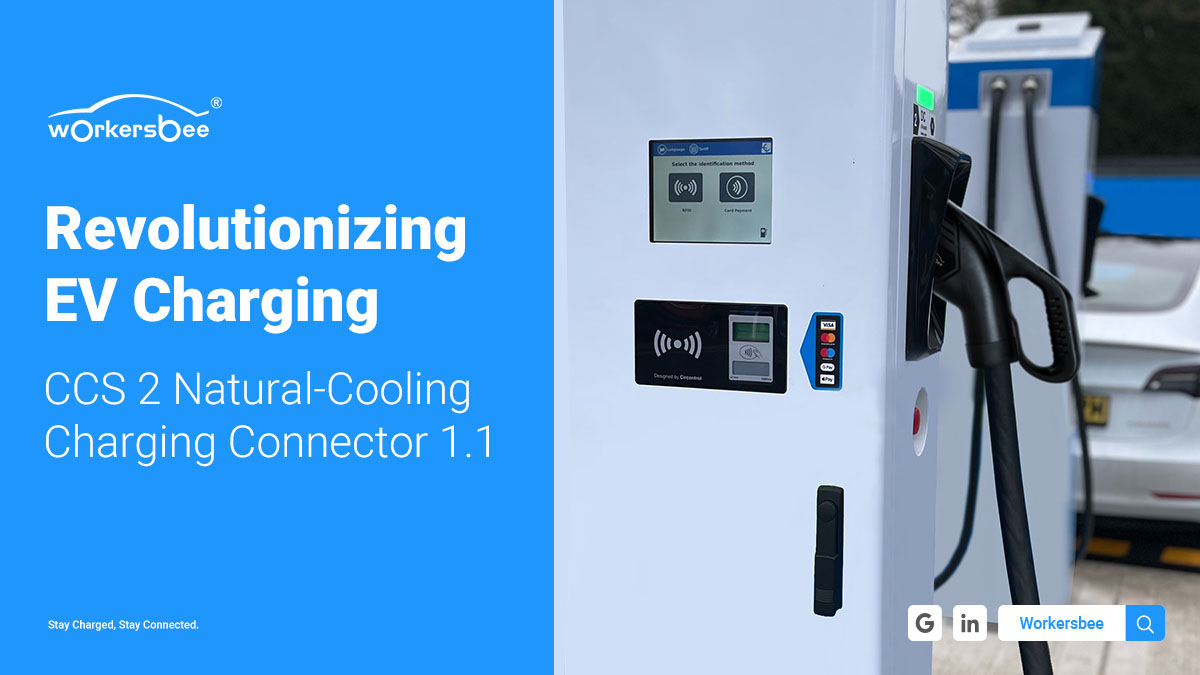 Understanding NACS vs CCS: Key Differences and the Future of EV Charging Standards
Understanding NACS vs CCS: Key Differences and the Future of EV Charging Standards
Nov 27, 2024
Since Tesla announced the global release of its charging connector design in 2022, charging standards have remained a hot topic in the electric vehicle industry. It has been over half a year since Tesla's North American Charging Standard (NACS) was officially defined by SAE as NACS J3400, yet the current charging standard landscape in Europe and America still exhibits a state of confusion.
Unlike the unified interface for fuel vehicles (meaning a shape standard form), there are multiple charging standards for electric vehicles globally. In North America alone, there are NACS and CCS (Combined Charging System). With the opening of Tesla's charging network, competition between the two has intensified.
Understanding and adhering to the correct charging standard that matches one's car is crucial for successful charging. As a global leading EV charging plug solution provider, Workersbee is dedicated to offering high-performance products that meet the ever-changing market demands. In this article, we will explore the main differences between these two charging standards, the technological advancements they bring, and how Workersbee's NACS plug is designed to meet the growing needs of the electric vehicle industry.
About NACS
The North American Charging Standard (NACS) was originally a proprietary charging connector for Tesla, designed to meet the AC and fast DC charging needs of Tesla vehicles. However, following Tesla's announcement to open its design to the market and supercharger network to non-Tesla owners, NACS's market presence is gradually expanding. Tesla's charging connector design has also quickly permeated other electric vehicle manufacturers.
The design of the NACS charging plug is sleek and compact, making it stylish and lightweight, and its efficient charging performance is highly praised by car owners. A single connector can handle both AC and DC charging. It not only offers a user-friendly experience, simplifying the charging process, but for charger and EV manufacturers, it also means more streamlined designs for charging ports, facilitating an easier and more efficient connection between the car and charger.
Additionally, thanks to the widespread presence of Tesla's Supercharger network, NACS holds the highest market share in North America. This allows Tesla owners and non-Tesla owners with adapter connectors to efficiently charge anytime.
About CCS
The Combined Charging System (CCS) is a widely adopted universal charging standard worldwide, especially supported by charging networks and electric vehicle manufacturers in Europe and America. It includes CCS1 mainly used in North America and CCS2 primarily used in Europe.
CCS requires different pins for AC and DC charging, so for charger and car manufacturers, AC and DC charging require different charging ports, offering greater flexibility.
CCS is the standard in Europe and also has a significant user base in the United States. Its high compatibility across different brands and models meets diverse electric vehicle charging needs.
Comprehensive Comparison
l Connector Design: The NACS connector features an integrated ultra-thin packaging design without any moving parts, supporting AC charging and DC charging up to one megawatt. The CCS connector, on the other hand, requires different pins for AC and DC charging, resulting in a larger size. The dimensions of the NACS connector are only half of that of the CCS connector, naturally making it much lighter.
l Compatibility: For Tesla owners, the NACS plug provides a seamless charging experience, allowing them to fully enjoy the convenience and power of the Supercharger network. The CCS plug, due to its more flexible multifunctional design, is widely adopted by other electric vehicle manufacturers.
l Charging Power: Both support high-power DC fast charging. Tesla's Supercharger network peaks at 250kW currently, but its connector can support DC charging up to one megawatt, offering strong scalability. Currently, many public fast chargers using CCS have reached 350kW.
l User Experience: In North America, NACS significantly improves drivers' accessibility due to its far greater number of chargers compared to CCS. Moreover, thanks to excellent operational maintenance and high-performance charging equipment, its reliability surpasses that of CCS. Additionally, the lighter and more compact NACS plug is widely praised and loved.
l Market Adoption: The NACS plug is primarily used in North America, while CCS dominates the European market. In Europe and China, Tesla cars adopt the local mainstream charging standards CCS and GB/T.
Workersbee's NACS Plug
Workersbee always stays at the forefront of industry innovation. Since Tesla announced the opening of its connector design, our market strategy experts quickly sensed market demand, prompting our R&D team to start the NACS project.
Our NACS plug comes in both AC and DC versions, strictly developed and produced according to SAEJ3400 and IATF16949, meeting UL certification standards.
The AC plug ranges from 16A to 80A, and the DC plug has a rated current of up to 350A. To ensure charging safety and stability, intelligent temperature control is used to monitor contact temperature in real-time to prevent overheating. Additionally, ultrasonic terminal welding technology is employed to reduce contact resistance close to zero.
Furthermore, to manage high-power fast charging of the NACS DC plug, natural cooling technology is applied to effectively control temperature rise. This ensures a safe, continuous, stable output of high current and extends the lifespan of the plug.
Why Choose Workersbee NACS Plug
1. Innovative Products: We continuously develop new products to meet the ever-changing demands of the EV charging market, ensuring your business stays ahead of competitors with more flexible market responses.
2. Reliable Performance: Quality is the core of all products; Workersbee's strict production processes guarantee high product consistency, further tested through multiple professional and safety rounds to ensure high performance, durability, and reliability.
3. Strong Production Capabilities: With 17 years of professional production experience, our new factory boasts more advanced automated production lines and larger manufacturing space.
4. Peace of Mind After-Sales Service: Collaborating with us is not just about product procurement but also access to nearly a hundred professional technicians. We provide customized solutions for your business and professional assistance when needed.
Market Insight
Recent news suggests that Tesla may not have fulfilled its promise to open its Supercharger network to non-Tesla users. Hence, the widespread adoption of NACS seems not as smooth as expected.
For a considerable time in North America, both major plugs might coexist, while in Europe, CCS's high compatibility will likely remain the dominant standard.
As for the competition between the two charging standards, it continues, and market differentiation has not become very clear. Amidst the pursuit of interests by various stakeholders, the future landscape of the EV charging market still seems shrouded in mist.
Conclusion
As the market penetration rate of EVs gradually increases, competition among future electric vehicle charging plug standards will intensify. Both NACS and CCS have significant advantages, and the wise choice depends on the market region, electric vehicle brand, type, and charging requirements.
We sincerely invite your team to explore our innovative products and understand how we provide reliable power for future transportation. Whether you need NACS or CCS plugs, Workersbee will be your trustworthy partner.
Read More

 Understanding NACS vs CCS: Key Differences and the Future of EV Charging Standards
Understanding NACS vs CCS: Key Differences and the Future of EV Charging Standards
 7 Essential Steps for Maintaining EV Charging Connectors: Ensuring Safety and Efficiency
7 Essential Steps for Maintaining EV Charging Connectors: Ensuring Safety and Efficiency
 Revolutionizing EV Charging: Introducing CCS2 Connector for High-Power DC Charging
Revolutionizing EV Charging: Introducing CCS2 Connector for High-Power DC Charging